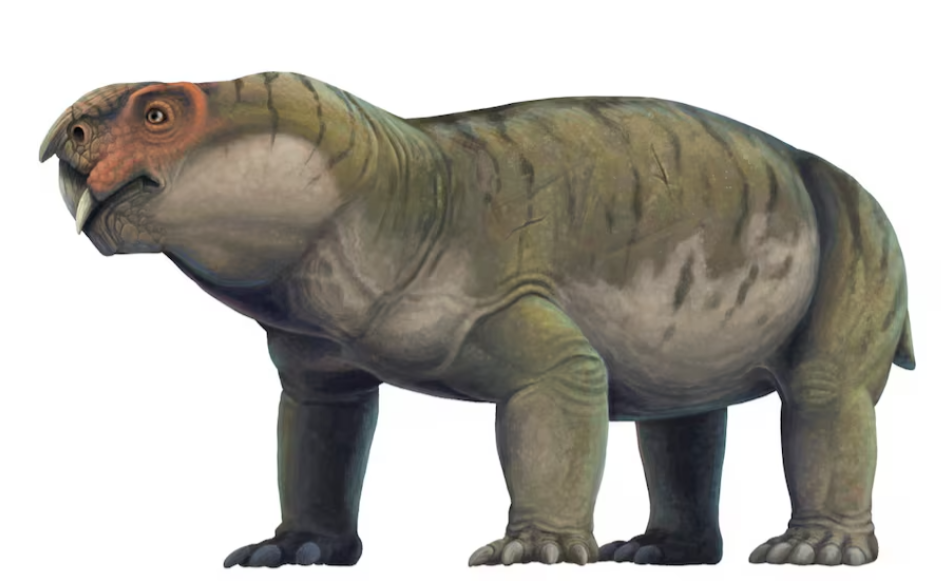
©Scott Reid/Handout via REUTERS
Vocabulary:
- precursor /pri-KUR-ser/
- roam /rohm/
- pineal gland /PIN-ee-uhl GLAND/
- arched /ahrcht/
- lay /ley/
[noun] – something that happened or existed before another thing, especially if it either developed
into it or had an influence on it
The discovery of primitive bone tools is considered a precursor to more advanced tool-making
techniques in human history.
[verb] – to move about or travel, especially without a clear idea of what you are going to do
In a bustling city, pigeons often roam the streets, pecking at scraps and searching for food.
[noun] – a small organ in the brain that produces a hormone called melatonin (a chemical
that produces changes in skin colour in some animals and is involved in controlling
sleep patterns)
The pineal gland, located deep within the brain, secretes melatonin, which regulates
sleep-wake cycles and influences seasonal biological rhythms in animals.
[adjective] – having a shape or structure with a curve at the top, like an arch
The doorway featured an arched entrance, adding a touch of elegance to the room.
[verb] – to establish or set down something firmly or securely
After years of hard work, they finally laid the groundwork for their successful business venture.
Article reading:
George noted that Gordonia’s forebrain, crucial for advanced cognitive functions, was notably smaller compared to modern mammals. However, an organ known as the pineal gland, enlarged in Gordonia, plays a significant role in metabolic functions. Steve Brusatte, a paleontologist at the University of Edinburgh and senior author of the study, remarked on the unusual shape of Gordonia’s brain—a long, arched tube rather than a rounded structure. Despite its unconventional appearance, the brain’s volume was relatively large compared to the creature’s body size, suggesting early signs of evolutionary development. This research underscores how ancient mammals like Gordonia laid the groundwork for the cognitive advances that later enabled mammals, including humans, to thrive on Earth. By studying these early mammalian ancestors, scientists gain valuable insights into the evolutionary pathways that shaped the development of complex brains and intelligence across millions of years.
Discussion Questions:
- Have you ever thought about how different species evolve intelligence differently? If so, what examples come to mind? If not, what do you think are the potential benefits of studying ancient creatures like Gordonia for modern science?
- What aspects of Gordonia’s brain structure surprised you the most, considering its evolutionary relationship to modern mammals?
- Do you agree that studying ancient creatures like Gordonia can provide valuable insights into the evolutionary origins of mammalian intelligence?
- How might the study of Gordonia’s brain structure challenge or confirm existing theories about the evolution of intelligence in mammals?
- Considering Gordonia’s unique characteristics, what ethical considerations should scientists take into account when studying and interpreting ancient fossils?
Summarization
Describe:
- reptile
- mammal
- evolutionary
- paleontology
- protomammal